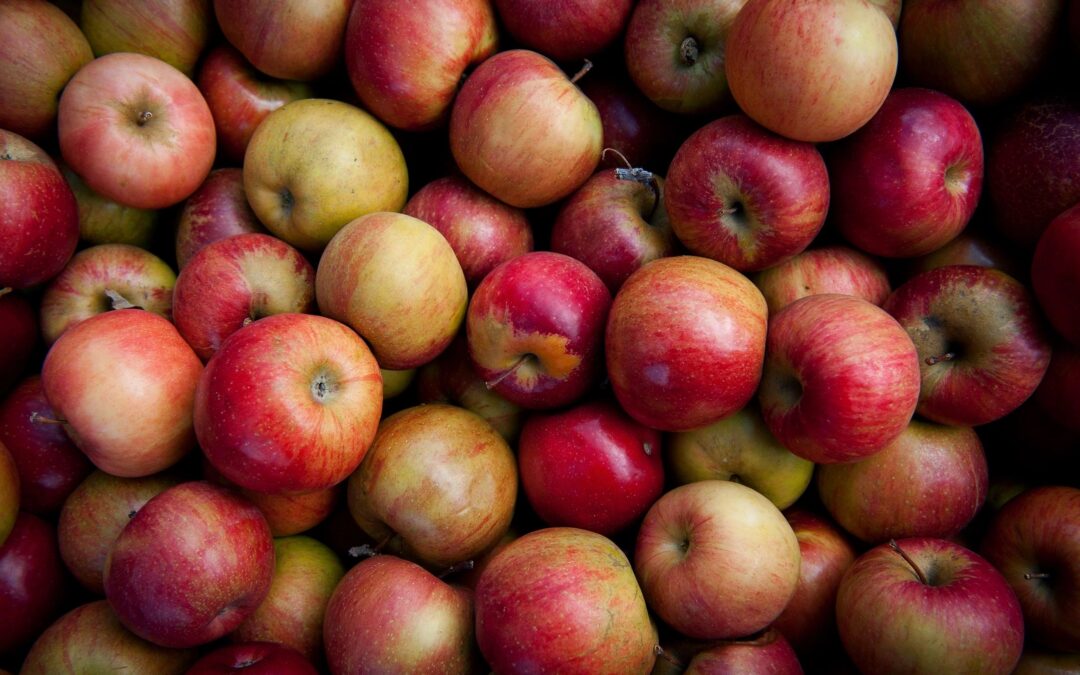By Adriane Elinski and Emily Tait –
The PTAB denied institution of a second inter partes review (“IPR”) petition filed by Aylo Freesites (“Petitioner”) after having previously instituted inter partes review of Petitioner’s first petition related to the same patent owned by DISH Technologies (“Patent Owner”). Applying the “General Plastic factors,” the PTAB was unpersuaded by Petitioner’s attempts to justify the “two staggered petitions”—notably, the PTAB found that the challenged claim sets had “significant overlapping subject matter” and the Petitioner should have known of the primary reference cited in its second petition at the time it filed its first. See Aylo Freesites LTD, v. DISH Technologies L.L.C., IPR2024-00517, Paper 13 (August 7, 2024).
In October 2023, Aylo Freesites (“Petitioner”) filed its first IPR petition challenging certain claims of U.S. Pat. No. 11,677,798 (“the ’798 patent”), titled “Apparatus, System, and Method for Multi-Bitrate Content Streaming” and directed towards adaptive-rate shifting of streaming content over packet switched networks, such as the Internet. This first IPR was instituted by the PTAB in IPR2024-00043. Three and a half months later, Petitioner filed a second IPR petition related to the ’798 patent arguing that Petitioner had uncovered additional prior art and was challenging additional claims of the ’798 patent within the statutory time frame for institution.
In considering whether to institute inter partes review as to a petition challenging the same patent that was challenged in a previous IPR, the PTAB considers the non-exhaustive General Plastic factors. General Plastic Indus. Co. v. Canon Kabushiki Kaisha, IPR2016-01357, Paper 19 at 16 (PTAB Sept. 6, 2017). The General Plastic factors include whether the petitioner knew or should have known of the prior art at the time of the first petition, as well as the petitioner’s explanation for the time elapsed between multiple petitions.
Here, Petitioner contended that the timing of the two petitions was due to the influence of other ongoing proceedings between Petitioner and Patent Owner. At the time of the first petition, Patent Owner had filed a preliminary injunction in Utah district court seeking to shut down Petitioner’s business. Petitioner thus filed an IPR as quickly as possible based on the “best art” of which Petitioner was aware to bolster their invalidity arguments against the preliminary injunction. Paper 13 at 19. Thereafter, Petitioner discovered an additional prior art reference, which was the primary reference cited in its second petition. Further, Petitioner argued Patent Owner’s choice of asserted claims in various actions was a “moving target” requiring Petitioner to challenge additional claims in the second petition. Paper 13 at 21.
Patent Owner countered, pointing out that the change of asserted claims in patent litigation is “well-understood by PTAB practitioners” and a single petition challenging all potentially relevant claims is the appropriate course of action, rather than filing an “improper serial petition months later.” Paper 13 at (citing PO Prelim. Sur-reply 3). Moreover, Patent Owner argued that Petitioner’s decisions to limit the challenged claims and to submit the first petition without completing a prior art search were tactical decisions.
The PTAB largely agreed with Patent Owner, finding that the early filing of the first petition was “a matter of Petitioner’s own choosing” and that Petitioner “reasonably could have anticipated shifts in Patent Owners’ identification of asserted claims” in parallel litigation. Paper 13 at 20, 21. The PTAB also found that the primary prior art reference Petitioner cited in the second petition had the same inventor and a substantially similar disclosure to a patent listed on the face of the ’798 patent and the Petitioner had “not sufficiently explained why it could not have found [the reference] in earlier searches through the exercise of reasonable diligence before it filed” the first petition. Paper 13 at 15. Overall, the PTAB found the General Plastic factors either weighed in favor of denying institution or were neutral with strong influence coming from the fact that Petitioner would have known of the newfound prior art reference had it conducted a reasonably diligent prior art search before filing the first petition.
Takeaway:
The PTAB is unlikely to allow a second IPR petition on the same patent to cite prior art references that a reasonably diligent prior art search would have revealed prior to filing the initial petition. Moreover, practitioners should consider and challenge all potentially relevant claims in an initial IPR petition and not limit their petition to those claims that are actively asserted in parallel litigation.
Emily Tait
Latest posts by Emily Tait (see all)
- Prior Art Asserted in Second Petition Should Have Been Asserted in the First - January 13, 2025
- Another Bite? CAFC Allows Expansion of Arguments in Reply - December 8, 2023
- Fintiv Factor 3 Centers on Degree of Investment, Not Substantive Arguments - August 1, 2023

